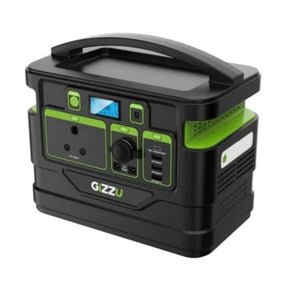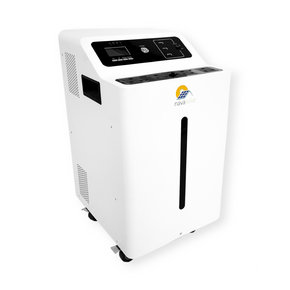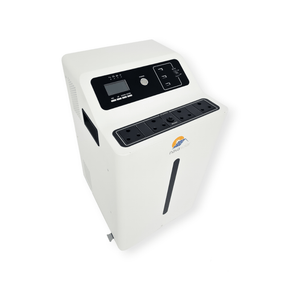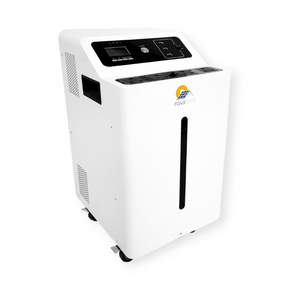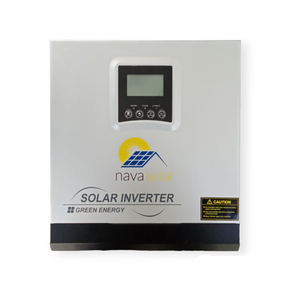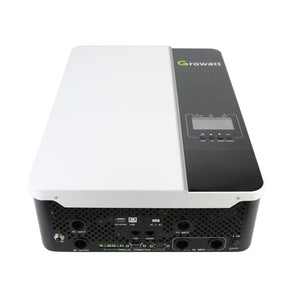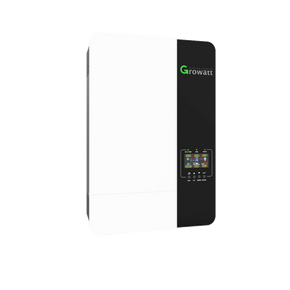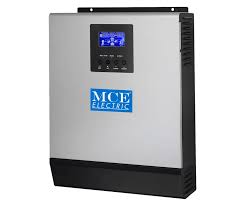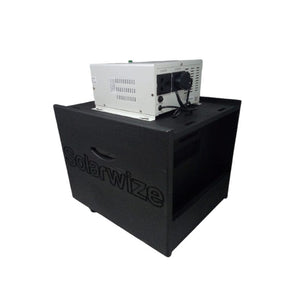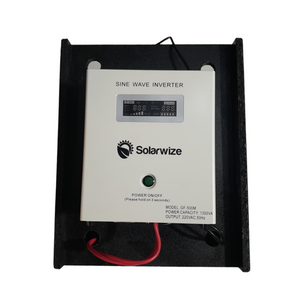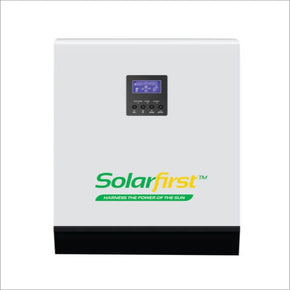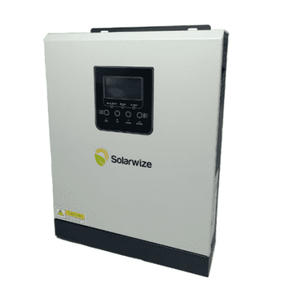- No products in the cart.
Browse Categories
-
Home Appliances
-
Small Appliances
- Audio Visuals
-
Bedlinen & Bathroom
-
Electronics & Cellphones
-
Kitchenware & Cleaning
-
Dress Fabrics, Haberdashery & Sewing
-
Curtaining, Upholstery & Blinds
-
Furniture & Decor
- Catering Equipment
-
Fashion
-
Lighting, Hardware & Solar Solution
- Luggage & Bags
-
Camping & Outdoor
-
Baby & Toys
- Rugs & Flooring
- Stationery
- Vape
- Clearance Sales Clearance Sales
- Sort by
- FILTER BY PRICE
-
-
Below $100.00
-
$100.00-199.00
-
$200.00-299.00
-
$300.00-399.00
-
$400.00-499.00
-
Above $500.00
-
- FILTER BY COLOR
-
-
- FILTER BY SIZE
-
-
S
-
M
-
L
-
XL
-
2XL
-
3XL
-
- FILTER BY BRAND
-
-
Adidas
-
Camel
-
Motorola
-
Rolex
-
Samsung Galaxy
-
Seiko
-
Sony
-
Solar Inverters for Sale Online
Shop our range of solar inverters for sale at MHC World. Buy online and receive free delivery over R3500 & within a 30km radius from our store.
Apart from our solar inverters for sale, we also offer solar panels, solar accessories and solar batteries.
Solar inverters play a crucial role in harnessing the power of the sun, transforming it into usable electricity for your home or business.
Understanding their functionalities, benefits, and diverse options empowers you to make informed decisions when purchasing this essential component of a solar energy system.
What is a Solar Inverter?
A solar inverter, also known as a photovoltaic inverter, is a critical device in a solar power system.
It converts the direct current (DC) electricity generated by solar panels into alternating current (AC) electricity, which is the type of electricity used in homes and businesses.
This conversion process allows the solar-generated electricity to be seamlessly integrated into the existing electrical grid or used for local consumption.
How Does a Solar Inverter Work?
Solar panels produce DC electricity when sunlight hits their photovoltaic cells. This DC electricity is not directly usable in most appliances or the electrical grid.
The solar inverter acts as a bridge, transforming the variable DC output of the solar panels into stable AC electricity with the same voltage and frequency as the utility grid.
This AC electricity can then be used to power your home or business, or it can be exported to the grid for net metering purposes.
The Development of Solar Inverters Through the Years:
Early solar inverters were bulky and inefficient, limiting their widespread adoption.
Advancements in technology have led to significant improvements in efficiency, size, and functionality.
Modern solar inverters are compact, highly efficient, and offer additional features like data monitoring, battery backup capabilities, and compatibility with smart home systems.
Benefits and Disadvantages of Solar Inverters
When you consider buying a solar inverter, it is crucial to weigh the advantages and disadvantages of using the equipment before hitting the stores.
Consider the following:
Benefits
· Essential for Solar Energy Utilisation: Solar inverters are indispensable for converting solar energy into usable electricity, making solar power systems functional.
· Increased Efficiency: Modern inverters boast high conversion efficiencies, maximising the amount of usable electricity generated from your solar panels.
· Grid Compatibility: AC electricity generated by the inverter seamlessly integrates with the existing electrical grid, enabling net metering and energy exchange.
· Data Monitoring: Many inverters offer data monitoring capabilities, allowing you to track energy production, system performance and identify potential issues.
· Additional Features: Advanced inverters may offer features like battery backup, smart grid communication, and compatibility with home automation systems.
Disadvantages
· Cost: Solar inverters are a significant investment in a solar power system, although their price has decreased with technological advancements.
· Maintenance: While generally reliable, inverters may require occasional maintenance or repairs over their lifespan.
· Complexity: Choosing the right inverter requires considering system size, compatibility with your solar panels, and desired features.
Why Solar Inverters Are an Essential Part of a Solar Power System:
Solar inverters are the bridge between the electricity generated by your solar panels and the usable power that runs your home or business. Without them, the DC electricity produced by the panels would be unusable.
Who Would Gain from Buying Solar Inverters?
Anyone looking to invest in a solar power system requires a solar inverter. This includes homeowners, businesses, and organisations seeking to harness the power of the sun for sustainable energy generation and reduce their reliance on the traditional grid.
Different Types and Styles of Solar Inverters and Their Features
The diverse solar inverter market offers various options to suit different needs and system configurations. Here's a breakdown of some popular types:
String Inverters
String inverters are the most common type, handling multiple strings of solar panels connected in series. They are typically used in residential and small commercial systems.
String inverters are generally the most affordable option compared to other inverter types. Installation is relatively straightforward compared to microinverters.
Unfortunately, the entire string's performance is limited by the weakest panel. Shading or malfunction in one panel affects the entire string's output. String inverters often offer less granular monitoring, making it difficult to pinpoint issues with individual panels.
Microinverters
Each solar panel has its dedicated microinverter, offering individual panel-level monitoring and performance optimisation. Microinverters maximise energy production by optimising each panel's output, regardless of shading or performance variations. Individual panel monitoring allows for precise troubleshooting and identification of underperforming panels.
Microinverters are significantly more expensive than string inverters, increasing the overall system cost. Installing individual microinverters for each panel can be more time-consuming and labour-intensive.
Central Inverters
Used in large-scale solar installations, central inverters handle the entire DC output from a large solar array.
Central inverters often boast the highest efficiency ratings among inverter types. Fewer inverters in a large system translate to potentially lower maintenance costs.
However, if the central inverter fails, the entire solar array goes down. Central inverters typically offer less detailed monitoring compared to microinverters.
Hybrid Inverters
These combine inverter functionality with battery backup capabilities, enabling energy storage and off-grid operation. Hybrid inverters allow storing excess solar energy in batteries for later use, increasing self-consumption and reducing reliance on the grid. Battery backup provides power during grid outages, enhancing energy security.
Hybrid inverters are the most expensive type due to the integrated battery functionality. Installation and operation can be more complex compared to standard inverters.
What is the Lifespan of Solar Inverters and How Can You Extend It?
The average lifespan of a solar inverter is typically 10-15 years, although some models can last longer with proper care. Regular maintenance, keeping the inverter cool and well-ventilated, and avoiding extreme temperatures can help extend its lifespan.
How to Care for Your Solar Inverters
Ensure proper ventilation around the inverter and avoid exposing it to direct sunlight or extreme temperatures.
How to Choose a Solar Inverter
Selecting the best solar inverter involves considering several factors:
· System Size: Choose an inverter with a capacity that matches the total power output of your solar panels.
· Inverter Type: String inverters are suitable for most residential systems, while microinverters offer individual panel monitoring and may be preferable for shaded installations.
· Features: Consider desired features like data monitoring, battery backup capabilities, and compatibility with smart home systems.
· Efficiency: Choose an inverter with a high-efficiency rating to maximise energy production.
· Warranty: Look for a long warranty period to ensure protection against potential malfunctions.
· Price: Compare prices from different brands and models to find the best value for your needs.
Best Brands of Solar Inverters Available at MHC World
At MHC World, you can purchase all reputable brands of Solar Inverters, including Navasolar, Growatt, Solarfirst, Solarwise and more at a reasonable price.

